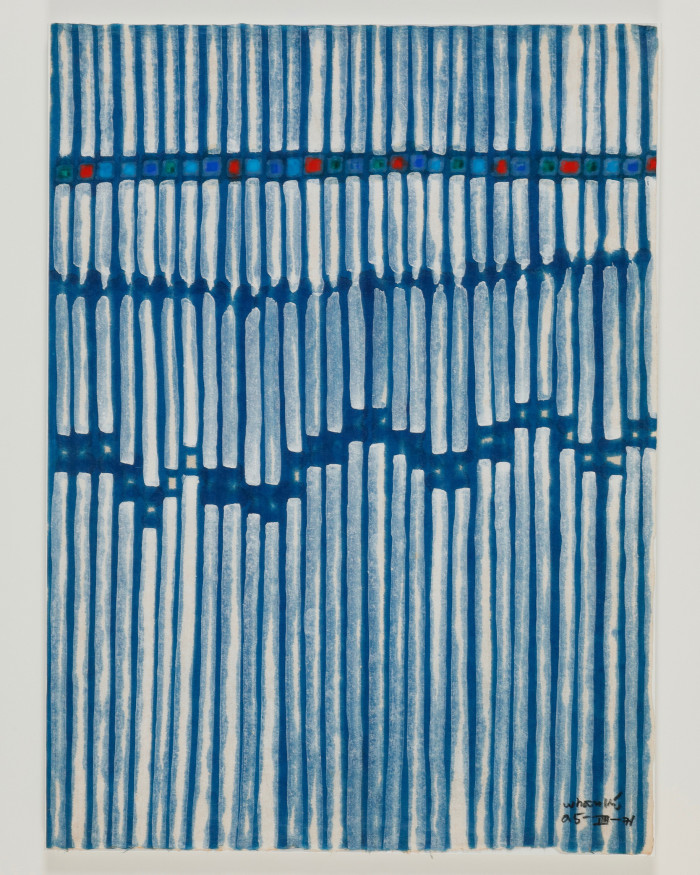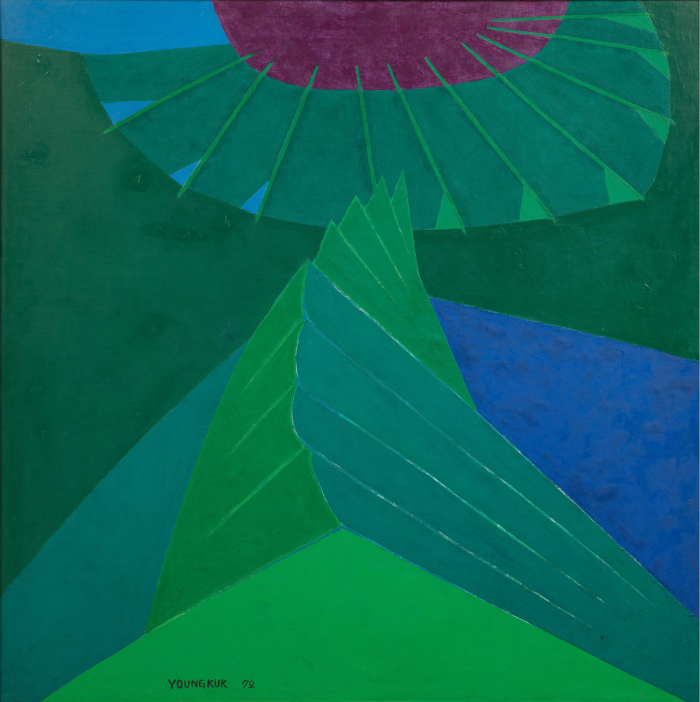Frieze Seoul’s arrival crowns South Korea’s rapid art-market rise

Roula Khalaf, Editor of the FT, selects her favourite stories in this weekly newsletter.
When Frieze Seoul opens on September 2, it will cap the South Korean capital’s swift rise to prominence as a global art centre. Even though international galleries have been opening or expanding their spaces there in the past few years and there is a longstanding collector base, Frieze’s choice of Seoul for its latest fair still came as somewhat of a surprise to the art world both locally and internationally. So why Seoul now?
“Frieze always looks for cities that are culturally dynamic,” says Patrick Lee, director of Frieze Seoul. “Korea also has so many great factors — the artists are amazing, not just the young contemporary artists but the others that came before. The collecting culture also goes back for decades.” Those artists, such as Nam June Paik, Lee Ufan and Lee Bul, and the efforts of galleries such as Hyundai and Kukje have stimulated first local, then global, collectors.


Frieze Seoul, which opens at Coex in southern Seoul, will coincide with Kiaf Seoul, an international art fair operated by the Galleries Association of Korea which goes back two decades. The fairs will collaborate, sharing a joint ticket and a talks programme, in part driven by Frieze seeking ways to be accepted as a longer-term player in the tightly knit local scene. Kiaf’s organisers were also aware that Frieze would bring global collectors to Seoul.
In the past four years foreign galleries have started flowing into Seoul, driving its international relevance and prominence. Vibrant pop culture, a growing number of collectors, well-equipped infrastructure and a business-friendly environment all worked together to draw galleries to the city of 9.5mn. Those factors have come into sharper focus as Hong Kong, Asia’s pre-eminent art-market hub, has been losing its advantages after the political turmoil of 2019 and the mainland Chinese government’s crackdown on freedoms, say multiple gallerists.

“South Korea is one of a few countries — including Hong Kong — that do not impose import duty on artworks, which is a huge advantage to international galleries,” says Hwang Dal-seong, chair of the operating committee of Kiaf Seoul. “South Korea’s art market enjoyed a heyday back in 2007, which did not last long” — thanks to the global financial crisis. “But it will be different this time in terms of the quality of international galleries coming in and purchasing power of Korean collectors.”
The South Korean art market is expected to surpass a trillion won ($760mn) this year for the first time, according to research from July this year from the Korea Arts Management Service government agency. The local art market recorded 916bn won last year, well over double the 381bn won of 2019. Hong Kong need not worry quite yet, however: even a trillion won is still relatively small compared to Greater China, whose 2021 turnover was $13.4bn, according to Art Basel’s Art Market Report 2022.

Emmanuel Perrotin became one of the first western gallerists to open in Seoul, in 2016, and he will open his second space in southern Seoul just ahead of Frieze week. Seoul will be one of only two cities in which Perrotin has opened two separate venues, the other being Paris. He credits South Korea’s “long history of art collecting”, for example the late Samsung group chair Lee Kun-hee, whose collection of 23,000 items was donated to national museums recently.
“The Korean art market is also expanding both in quality and quantity with a rapid inflow of a new generation of ‘young and rich’ collectors. They are familiar with digital systems and open to purchasing works online, backing the market growth during the pandemic. Young Korean collectors quickly absorb new artists,” says Perrotin.

Lee Hyun-sook, who founded Kukje Gallery in 1982 and who has followed the local market for decades, says the young generation is playing a pivotal role in expanding the Korean art scene. “The members of the so-called MZ generation [millennials and Gen Z] in South Korea are developing their own taste in art, forming their own collection, not necessarily following the fame of an artist. They also have a high level of understanding of art, which is quite encouraging in the local art market here.”
There is plenty of noise around South Korea’s fast-growing art market, but Frieze Seoul will prove the real test in confirming whether Seoul can become Asia’s new art hub.
September 2-5, frieze.com
Yuna Park is culture reporter at The Korea Herald

Comments